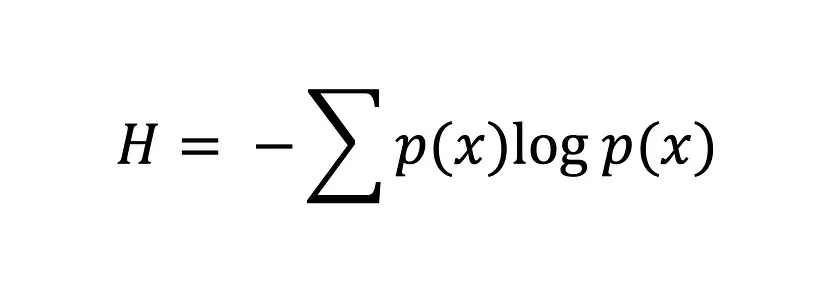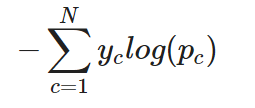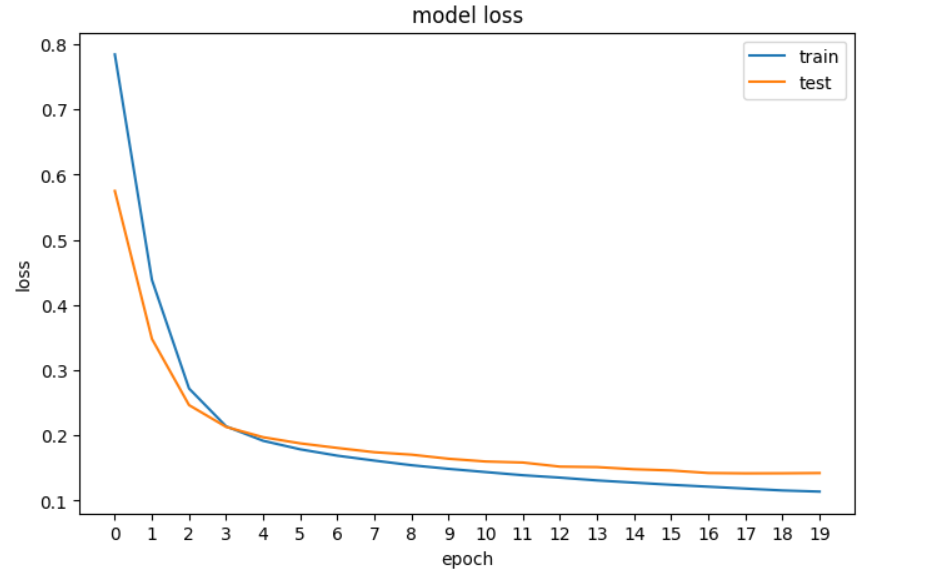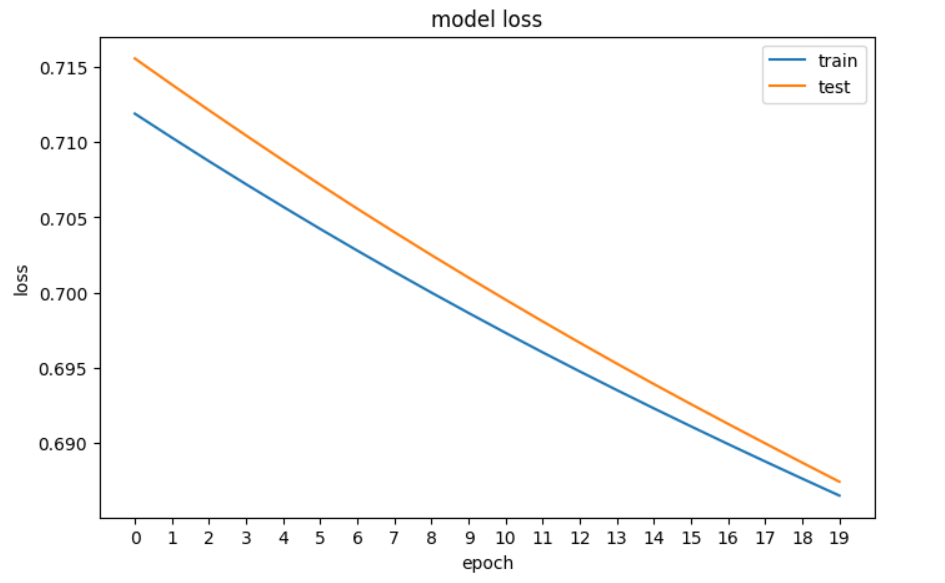track
Cross-Entropy Loss Function in Machine Learning: Enhancing Model Accuracy
Explore cross-entropy in machine learning in our guide on optimizing model accuracy and effectiveness in classification with TensorFlow and PyTorch examples.
Jan 2024 · 12 min read
Start Your Machine Learning Journey Today!
44hrs hours
course
Introduction to Deep Learning in Python
4 hours
245.9K
track
Deep Learning
16hrs hours
See More
RelatedSee MoreSee More
blog
Classification in Machine Learning: An Introduction
Learn about classification in machine learning, looking at what it is, how it's used, and some examples of classification algorithms.
Zoumana Keita
14 min
tutorial
Loss Functions in Machine Learning Explained
Explore the crucial role of loss functions in machine learning with our comprehensive guide. Understand the difference between loss and cost functions, delve into various types like MSE and MAE, and learn their applications in ML tasks.
Richmond Alake
20 min
tutorial
Multilayer Perceptrons in Machine Learning: A Comprehensive Guide
Dive into Multilayer Perceptrons. Unravel the secrets of MLPs in machine learning for advanced pattern recognition, classification, and prediction.
Sejal Jaiswal
15 min
tutorial
Hyperparameter Optimization in Machine Learning Models
This tutorial covers what a parameter and a hyperparameter are in a machine learning model along with why it is vital in order to enhance your model’s performance.
Sayak Paul
19 min
tutorial
Ensemble Modeling Tutorial: Explore Ensemble Learning Techniques
In this tutorial, you'll learn what ensemble is and how it improves the performance of a machine learning model.
Zoumana Keita
17 min
tutorial
What is A Confusion Matrix in Machine Learning? The Model Evaluation Tool Explained
A beginner's tutorial to learning about the Confusion Matrix in machine learning.
Nisha Arya Ahmed
12 min






